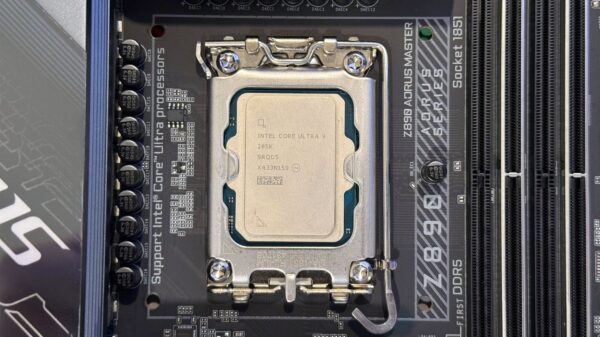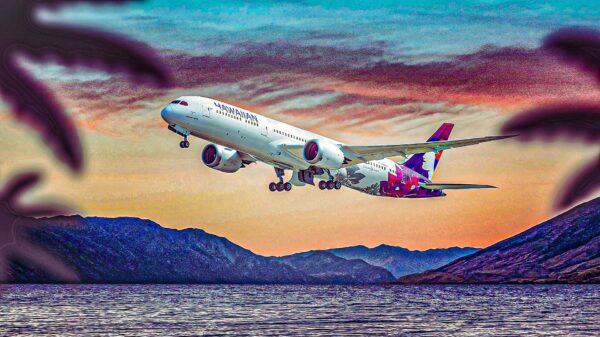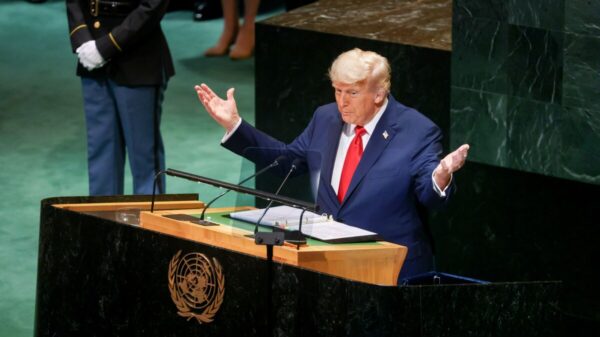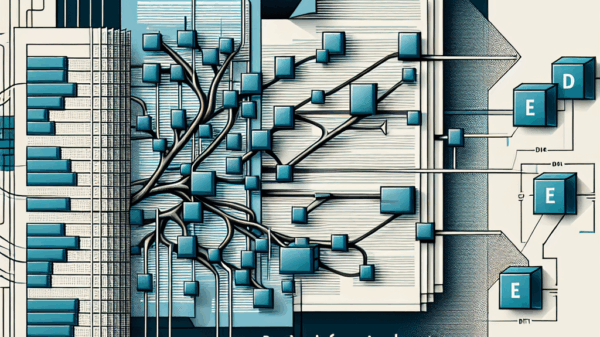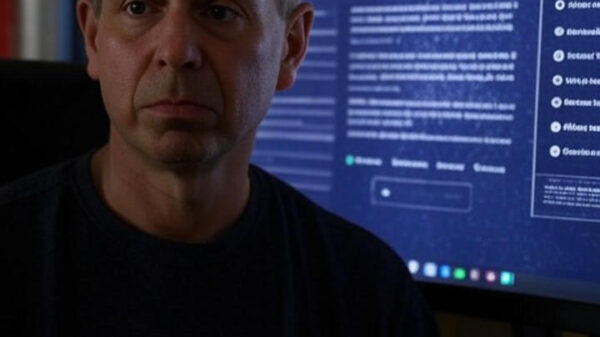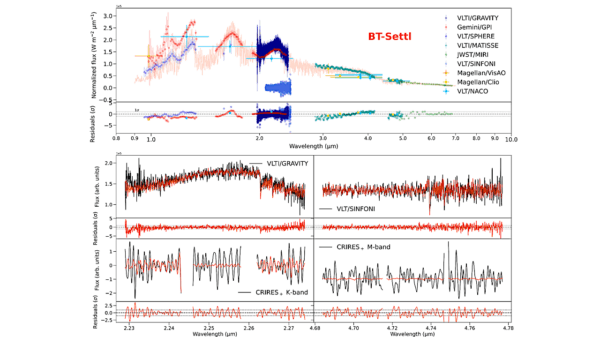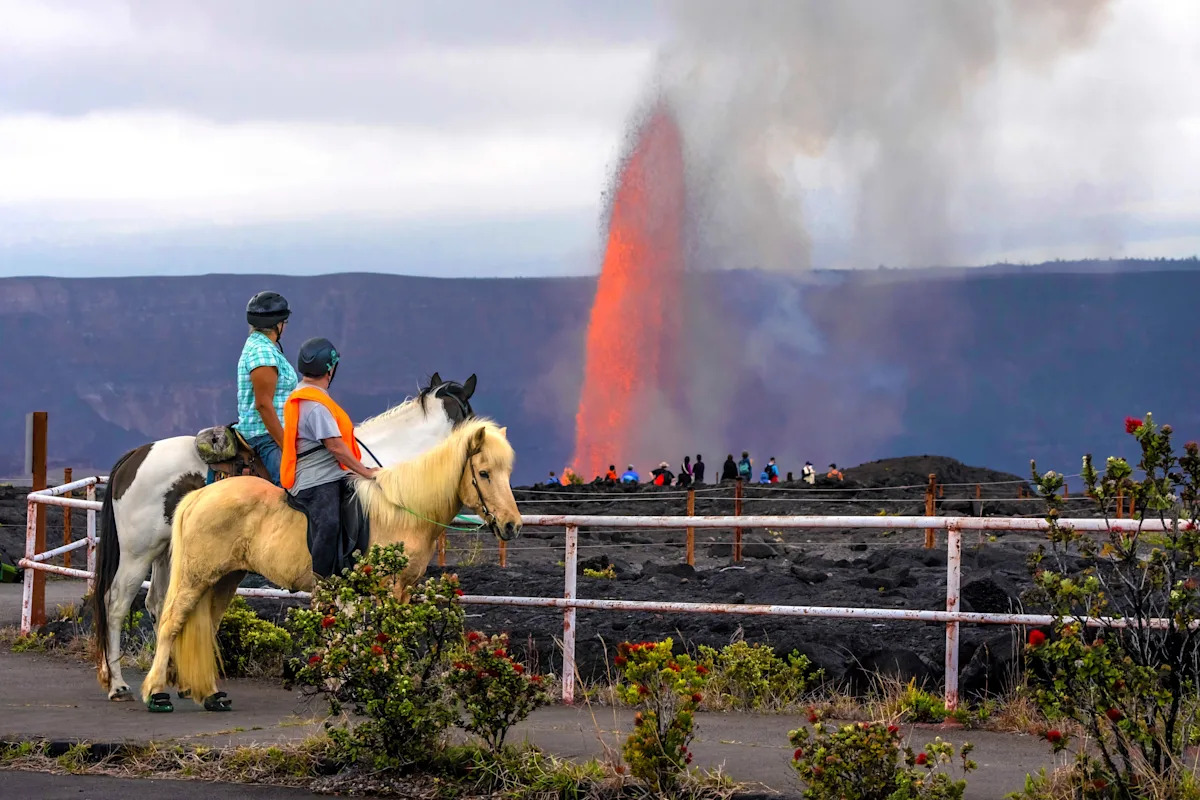Hawaii’s Kilauea volcano is poised for another eruption, marking the 31st event since December. As lava shoots skyward from two vents, the phenomenon draws both residents and visitors to the Hawaii Volcanoes National Park. Scientists anticipate that the volcano will once again display its fiery spectacle, offering a unique opportunity for those fortunate enough to witness the event firsthand.
The ongoing activity at Kilauea has produced vibrant displays of molten rock, with fountains reaching heights of over 1,000 feet (300 meters). According to Ken Hon, the scientist-in-charge at the Hawaiian Volcanoes Observatory, the lower magma chamber beneath Halemaumau Crater is receiving approximately 5 cubic yards (3.8 cubic meters) of magma per second. This influx causes the chamber to inflate, pushing magma upward through cracks to the surface.
Understanding the Eruption Dynamics
The current eruption has been characterized by its repetitive nature, with similar pathways for magma transport observed since December. This eruption pattern is reminiscent of Kilauea’s historical activity, particularly the 1983 eruption, which featured 44 episodes of lava fountains over three years. The ongoing eruptions highlight the complex interplay of magma dynamics, as gases released during ascent contribute to the dramatic displays.
The lava fountains are not only visually striking but also serve as a reminder of the geological forces at play. Steve Lundblad, a geology professor at the University of Hawaii at Hilo, has noted that the recent fountains have been shorter, suggesting that the vent’s diameter may have expanded. This change could indicate a decrease in pressure that affects the height of the eruptions.
Despite the current trends, the beauty of Kilauea’s eruptions continues to captivate observers. Volunteer Janice Wei describes the experience of witnessing the lava as akin to attending “nature’s most extraordinary show.” She captures images and videos of the spectacle, which is enhanced by the red and orange glow illuminating the night sky.
Cultural Significance and Visitor Experience
The eruptions of Kilauea hold deep cultural significance for many, particularly Native Hawaiians. Huihui Kanahele-Mossman, executive director of the Edith Kanakaʻole Foundation, emphasizes that lava is more than a destructive force; it is a resource that shapes the land. She connects the eruptions to the stories of the volcano goddess Pele, sharing that her cultural heritage inspires her to witness these events with reverence.
Visitor numbers to Hawaii Volcanoes National Park have surged, with April 2024 seeing a 49% increase in attendance compared to the same month the previous year. Park spokesperson Jessica Ferracane cautions potential visitors to stay informed through U.S. Geological Survey alerts, as the eruptions can be fleeting, lasting only 10 to 12 hours at a time. She also stresses the importance of safety, advising that visitors remain on marked trails due to the dangers posed by unstable cliffs and volcanic gases.
The allure of Kilauea’s eruptions continues to draw crowds eager to experience the raw power of nature. As scientists monitor the volcano’s activity, the community and visitors alike remain captivated by the ongoing display of geological might that Kilauea embodies.





